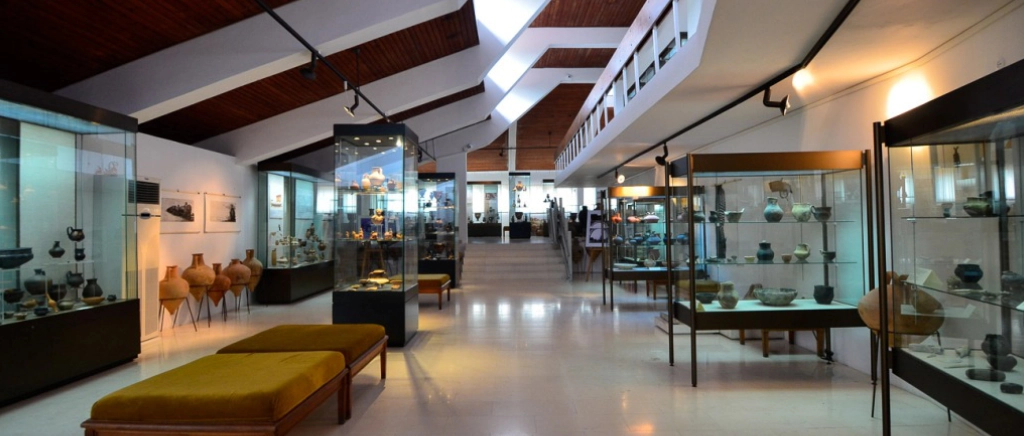
Archaeological Museum
The current location of the Archaeological Museum of Sozopol is part of the building of the Cultural Centre, provided for the museum’s needs since 1978. Prior to that, the museum was housed in the building of the “Sts. Cyril and Methodius” church, which was granted by the Holy Synod in 1961 to preserve and exhibit archaeological findings discovered in Sozopol and its surroundings.
Numerous stone anchors and ship’s stocks, dating from the 2nd to 1st millennium BC, have been discovered in the Sozopol Bay. This suggests active maritime activity in the region since ancient times. All the findings discovered during the expeditions are exhibited in the archaeological museum of the city.
Remains of dwellings, ceramics, and tools from the Bronze Age have been found during underwater archaeological excavations. The museum possesses a collection of unique artifacts, some of which are treasures of the public and scientific communities in the country and abroad. It is structured into two main directions: archaeology (5th millennium BC – 17th century AD) and Christian art (17th-19th century).
In 2003, with the assistance of the Municipality of Sozopol and the National Museum of History in Sofia, the museum underwent a complete renovation, presenting new exhibits previously unknown to the public. The modernization was comprehensive and included not only the technical equipment of the museum but also its material infrastructure. The museum is among the top one hundred national tourist attractions.


